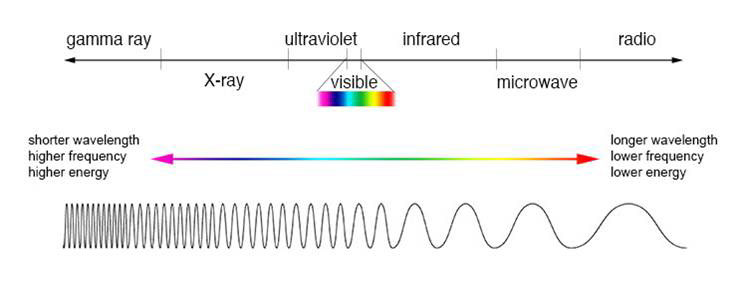Energy "Energy cannot be created or destroyed, it can only be changed from one form to another." ~ Albert Einstein
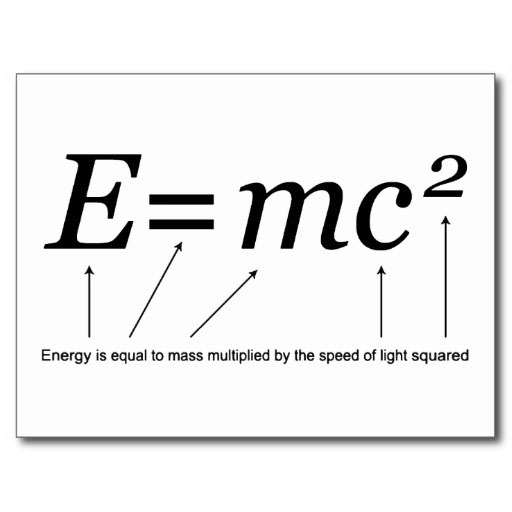
What does water have to do with electricity?
The mechanical energy of moving water can be converted, transformed, into electrical energy. This change from one form of energy to another is called energy conversion.
Any form of energy can be converted into any other form.
This famous quote from Albert Einstein is the Law of Conservation of Energy. It states that when one form of energy is converted, no energy is destroyed in the process. Thus, energy cannot be created or destroyed. So the total amount of energy is the same before and after the process.
Which means energy never "disappears".
It just changes FORM!
So what is Energy?
Energy is the ability to do work or cause change.
So then what is Work?
Work is the force exerted on an object that causes it to move.
So then what is Force?
Force is a push or pull exerted on an object.
For example, You exert a force on a pen when you write, on a ball when you throw it, or on a book when you open it.
Force is measured in Newtons (N). A force of 2N is smaller than 7N.
Forces can either be balanced or unbalanced.
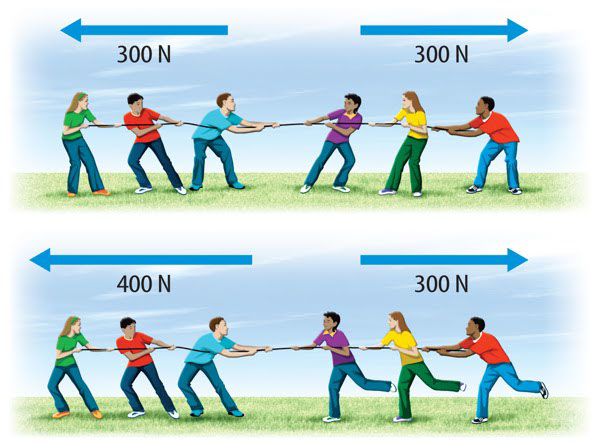
Work = Force (N) X Distance (m=meters)
Work is measured in joules (J) in honor of James Prescott Joule, a physicist who studied in the 1800's.
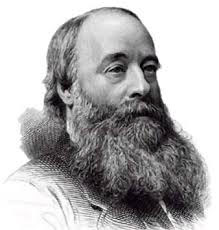
One joule (J) is the amount of work you can do when you exert a force of 1 Newton (N) to move an object a distance of 1 meter (m).
Sample Problem: To help rearrange your bedroom, you exert a force of 20N to push a nightstand 10m. How much work do you do?
Back to Energy
There are two types of Energy
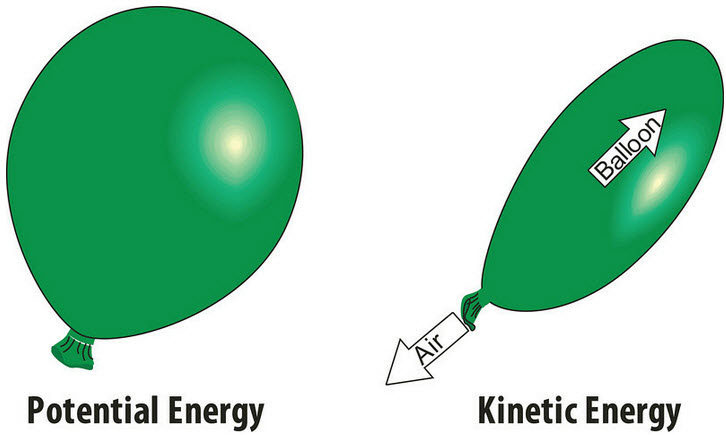
Because a moving object can do work, it must have energy. The energy of motion is called kinetic energy. The word kinetic comes from the Greek work kinetos, which means "moving".
Kinetic energy depends on both mass and velocity. Mass = the amount of matter in an object and velocity = speed of something in a given direction.
The mathematical formula is Kinetic Energy = Mass X Velocity2 / 2
Energy that is stored and held is readiness is called Potential Energy. This type of energy has the potential to do work.
However, this energy from the sun takes on many different forms here on Earth.
Mechanical Energy
Mechanical Energy is the energy associated with motion or position of an object. Matter (anything that takes up space) that is in motion has mechanical energy.
The school bus you ride in, a roller coaster, waves crashing on the beach, a frog leaping through the air, and sound all have mechanical energy.
An object that possesses mechanical energy is able to do work. In fact, mechanical energy is often defined as the ability to do work.
Mechanical energy can occur as kinetic or potential energy.

The mechanical energy of a bowling ball gives the ball the ability to apply a force to a bowling pin in order to cause it to be displaced. Because the massive ball has mechanical energy (in the form of kinetic energy), it is able to do work on the pins.
Mechanical energy can be transferred when objects push or pull on each other over a distance.
Vibrations cause wave-like disturbances that transfer energy from one place to another.
For example, if a wave disturbs the surface of the water, it will cause anything floating on the water to be disturbed, too. The energy carried by a wave can lift even a large ship.
Many waves require a medium to travel through.
Such as liquids (water), solids (rope), and gases (air)
Waves that MUST have a medium to travel through are call mechanical waves.
A wave does NOT carry matter with it!
It just moves the matter, usually up and down, as it goes through it.... For example, take a look at the ducks position has the wave moves past the duck.
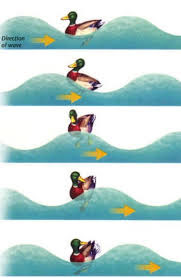
However, not all waves require a medium to carry them along.
Waves that do NOT require a medium are called electromagnetic waves
What causes waves?
Waves are created when a source of energy causes a medium to vibrate.
A vibration is a repeated back-and-forth or up-and-down motion.
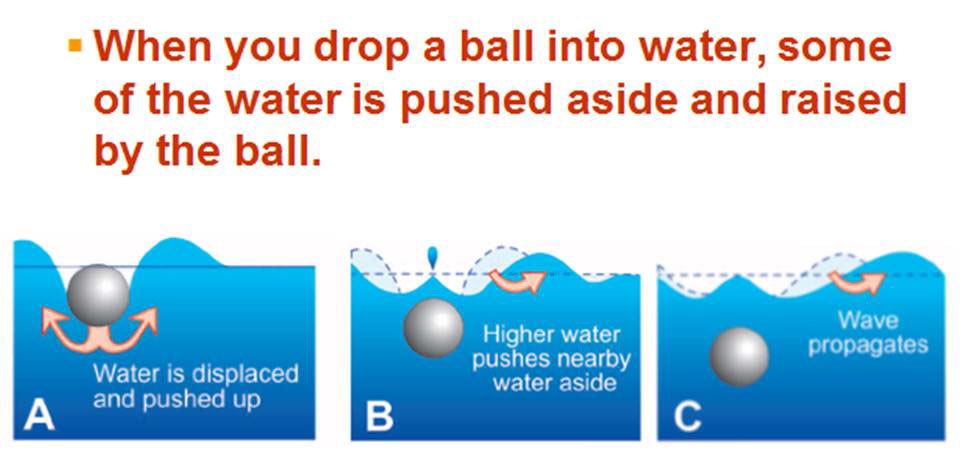
A moving object has energy and can transfer energy to a nearby medium, creating a wave.
Types of Waves
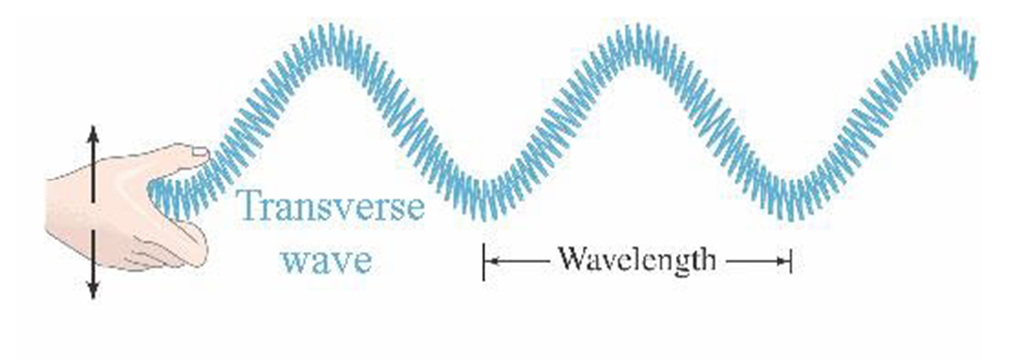
Waves the move the medium at right angles to the direction in which the wave is traveling is called transverse waves.
Transverse means "across". As a transverse wave moves in one direction, the particles of the medium move across the direction of the wave.
Parts of a Transverse Wave:
Crest: the highest point of the wave
Trough: the lowest point of the wave

Longitudinal waves move the particles of the medium parallel to the direction that the waves are moving.
The part where the coils are closeted are called compressions and the parts where the coils are spread out are called rarefactions.
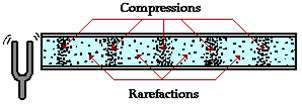
Surface waves are combinations of both transverse and longitudinal waves. These waves occur at the surface between two mediums, such as air and water.
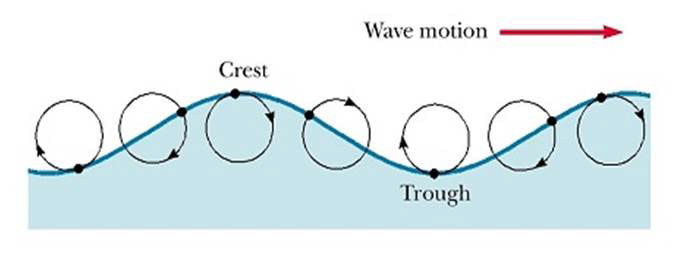
Properties of Waves
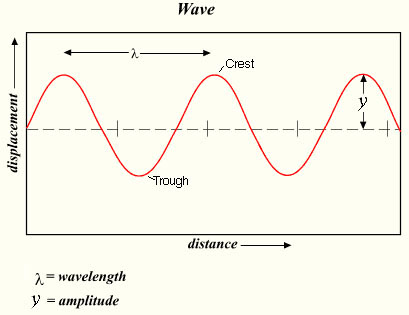
The basic properties of waves are amplitude, wavelength, frequency, and speed.
AMPLITUDE is the maximum distance the medium carrying the wave moves from its rest position.
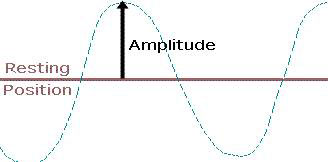
Compare the amplitude of these two transverse waves...
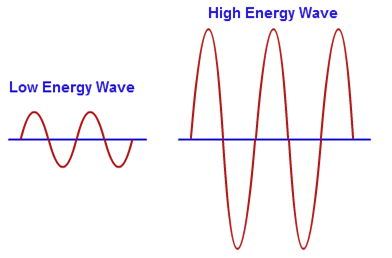
Here is what amplitude looks like with a longitudinal wave...

The amplitude of a longitudinal wave is a measure of how compressed or rarefied the medium becomes. High energy vibrations cause the compressions to be very crowded.
The distance between two corresponding parts of a wave is its WAVELENGTH
The wavelength of a transverse wave is the distance from crest to crest.
The wavelength of a longitudinal wave is the distance from compression to compression.
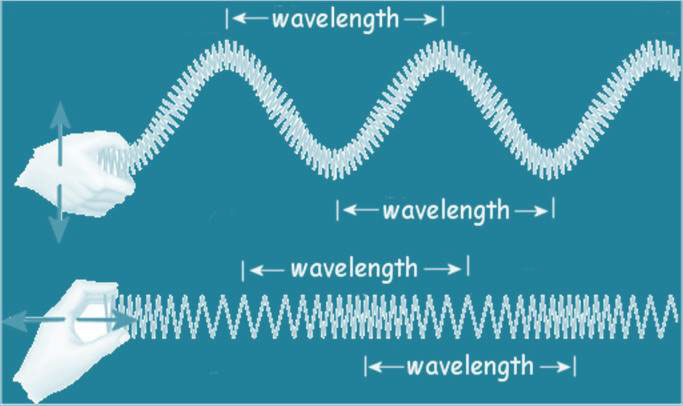
The FREQUENCY of a wave is the number of complete waves that pass a given point in a certain amount of time.
Frequency is measured in units called hertz (Hz).
The hertz was named after the German scientist Heinrich Hertz (1857-1894), who first produced radio waves.
Frequency is how fast the sound wave is vibrating. This is different than how fast the wave travels through the medium. The faster the sound wave vibrates the higher pitch it will have.
For example, on a guitar a big heavy string will vibrate slowly and create a low sound or pitch. A thinner lighter string will vibrate faster and create a high sound or pitch.
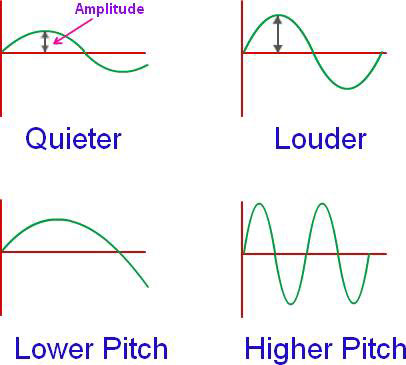
Click on the link below. You will need to select download one the link is open.
The SPEED of a wave is how far the wave travels in one unit of time.

Speed = Distance / Time
If an object travels 6 meters in 2 seconds, what is its speed?
Speed = 6 metes / 2 seconds (6m / 2s)
The speed of the object would be 3 meters per second (3 m/s)
Speed = Wavelength X Frequency
If a wave on a lake has a wavelength of 0.5 meters and a frequency of 2Hz (2Hz = 2 per second, or 2/s). What is the speed of the wave?
Speed = 0.5 meters X 2 Hz (2/second)
The speed of the wave would is 1 meter per second (1m/s)
Wavelength = Speed / Frequency
The symbol for wavelenth is λ
The speed of a wave on a guitar string in 100 meters per second (100 m/s) and the frequency is 1,000 Hz. What is the wavelength λ of the wave?
Wavelength λ = 100 meters (100 m) / 1,000 Hz
The wavelength λ of the wave would be 0.1 meters (0.1m)
Frequency = Speed / Wavelength
The speed of a wave on a rope is 50 centimeters per second (50 cm/s) and its wavelength λ is 10 centimeters (10cm). What is the frequency of the wave?
Frequency = 50 cm per s / 10 cm
The frequency of the wave would be 5 per second (5/s) or 5 Hz
Waves of the Electromagnetic Spectrum
Waves that do NOT require a medium are called electromagnetic waves
All electromagnetic waves travel at the same speed, but have different wavelengths and different frequencies
